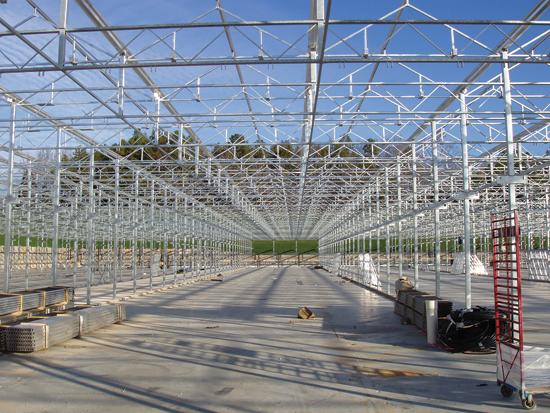Why Galvanize?
The Process
The galvanizing process consists of three basic steps: surface preparation, galvanizing, and inspection, with surface preparation representing the most important step in the application of any coating. In most instances, coating failure is due to incorrect or inadequate surface preparation. In the galvanizing process, the surface step has its own built-in quality control. Zinc will not react with unclean steel, and any failures or inadequacies in this step are obvious—when the steel is removed from the zinc bath, unclean areas remain uncoated, enabling timely action to correct the situation.
Three steps are involved in preparing the surface: degreasing, pickling, and fluxing. In the first step, dirt, grease, and oil are removed by a hot alkali solution, mild acidic bath, or biological cleaning bath; however, epoxies, vinyls, asphalt, or welding slag may require stronger methods such as grit-blasting, sand-blasting, or alternative mechanical means. In pickling, mill scale and rust are removed from the steel surface via diluted and heated sulfuric acid, and ambient hydrochloric acid. Lastly, fluxing is the final surface preparation step. A zinc ammonium chloride solution both eliminates residual oxides and deposits and creates a protective layer on the steel to prevent further formation of oxides before the steel is dipped in the molten zinc bath.
In the galvanizing phase, steel is immersed in a zinc bath heated to at least 815 degrees F. A crane hoist lowers the steel at an angle so air can escape from pockets in the steel, to be replaced by the molten zinc. In the kettle, zinc reacts with the iron in the steel to form a series of zinc-iron intermetallic alloy layers. The galvanized steel is then slowly removed and inspected primarily for coating thickness and coating appearance. Generally speaking, visual inspection is considered adequate, although basic physical and laboratory tests can establish whether thickness, uniformity, adherence, and appearance of the coating are consistent with long established and approved standards of ASTM.











